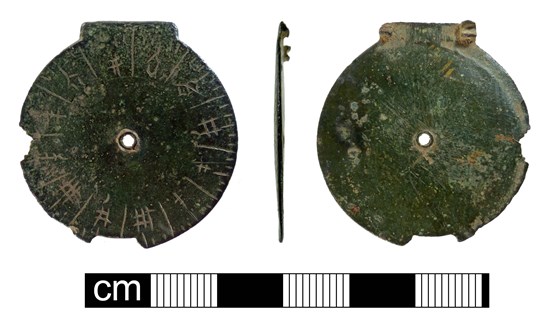These days we take most of our gadgets for granted. Technology has advanced at such a rapid rate that much of the powerful science behind our modern devices goes unnoticed. For example, night or day the simplicity of telling the time takes no more effort than a glance at the watch on your wrist or at the illuminated digits of some appliance or gadget. Hundreds of years ago, for the majority at least, the state of the art for telling the time would have been a sundial. This is great if it happens to be shining during the day enough to cast a shadow, but one time when it’s guaranteed not to shine is during the pitch dark of the night.
Step up the Nocturnal. A nocturnal is a device made of two or more dials that in the northern hemisphere allows the local time to be determined at night by sighting the relative position of a reference star to the North Star. In the northern hemisphere, all stars will appear to rotate about the North Star during the night, and their positions, like the progress of the sun, can be used to determine the time.
April's find of the month then is a rare fragment of a 15th century medieval nocturnal.

The object which was found near Snetterton, is fully described at https://finds.org.uk/database/artefacts/record/id/842452. It would have doubled as the lid of a type of cylindrical compendium which also contained a magnetic compass and an equinoctial sundial. Almost complete examples are held by the Oxford Museum of the History of Science (inv. nos. 50896 and 46855) and the British Museum (acc. no. 1853.06181).